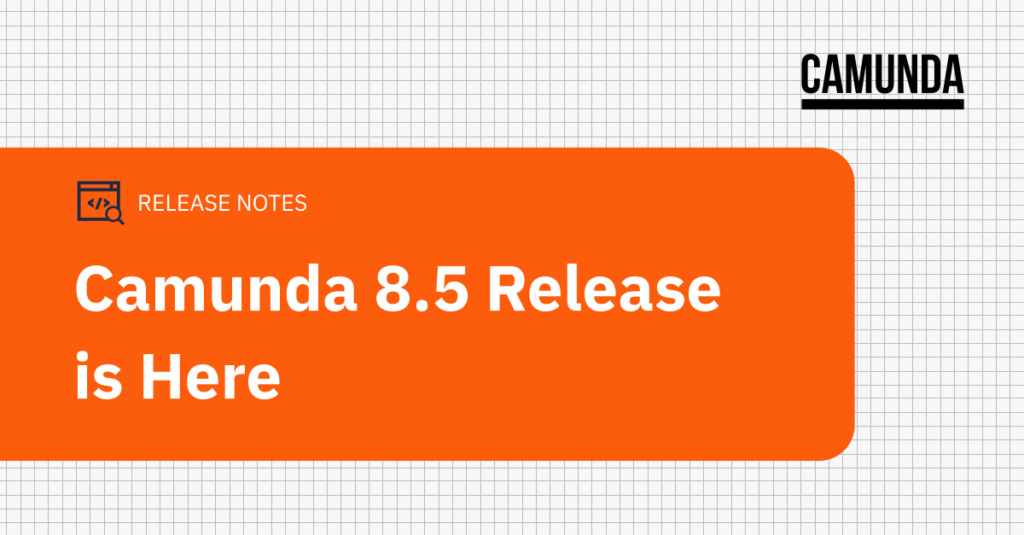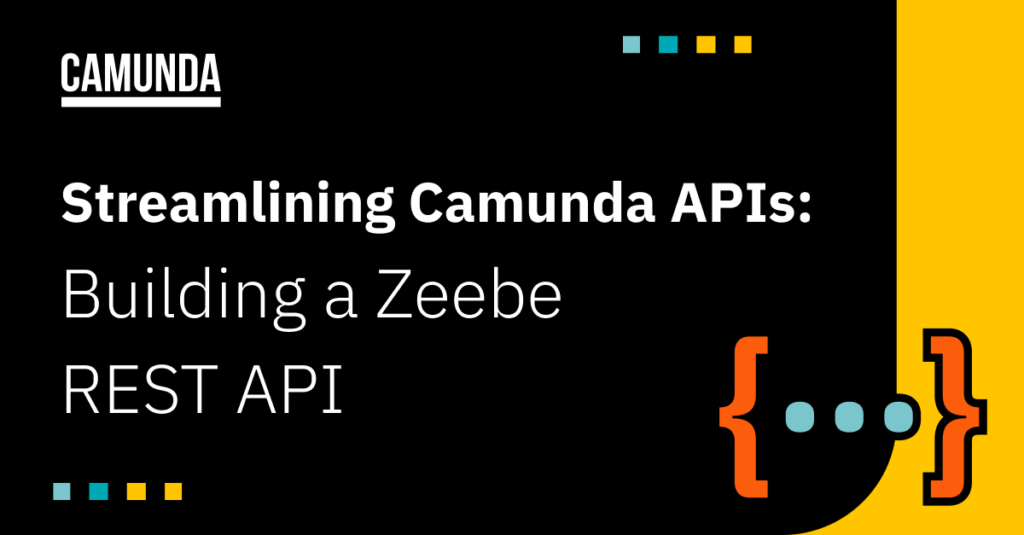What are you looking for?
TOPICS
Menu
30 Day Free Trial
Bring together legacy systems, RPA bots, microservices and more with Camunda

Sign Up for Camunda Content
Get the latest on Camunda features, events, top trends, and more.
TRENDING CONTENT
Latest Posts
Process blueprints can now be found on Camunda marketplace! Read on to learn how they can help you and how you can contribute.
By
Amy Johnston
Zeebe can now handle user task management. Learn why we developed this enhancement and how you can start using it today.
By
Amy Johnston
We are sharing an important update to our licensing. As always, our goal is to make Camunda 8 easier to install, operate and use.
By
Daniel Meyer


